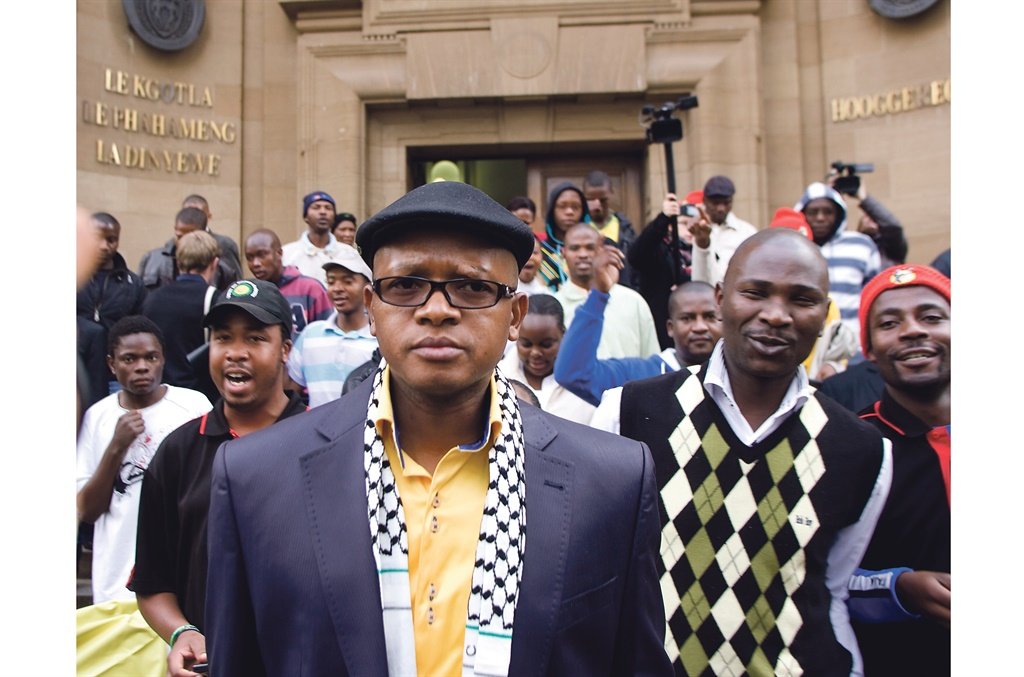- The environmental impact assessment for a ferro-alloy and steel plant powered by a massive 4600MW coal-fired power plant with a coking facility has been approved by the Limpopo local government in South Africa.
- The Limpopo province announced that they have approved the environmental impact assessment earlier this week on Wednesday.
- A Chinese consortium and South African government are behind the US$ 10 billion project.
The project is located in the Musina-Makhado Special Economic Zone (MMSEZ) which lies in the Vhembe district between the towns of Musina and Makhado. The beneficiaries include project coal supplier MC Mining, formerly Coal of Africa, whose investors include the South Africa’s Industrial Development Corporation. The Chinese businessman Ning Yat Hoi, whose Chinese-registered company, Shenzen Hoimor Resources Holding Company, was appointed by the Ministry of Trade, Industry and Competition as the de facto operator of the zone for an effective term of 120 years.

The CEO of the Musina-Makhado Special Economic Zone (MMSEZ) State-Owned Corporation (SOC), Lehlogonolo Masoga of the Limpopo Economic Development Agency (LEDA). Image credit: Muntu Vilakazi
The project has environmental groups and locals up in arms
The Musina Makhado Special Economic Zone (MMSEZ) plans do not fit into South Africa’s energy, Just Transition or water planning, and do not respect local residents’ wishes or the biodiversity in the area, said Dr Victor Munnik when presenting his research at a webinar in October last year. Read more
Related news: Why is the IDC financing coal mining in Limpopo?
David Tshidzumba of community-based organisation Save Our Limpopo Valley and Environment (SOLVE) explained that “the landscape forms the bowl of life to us as a people. These projects threaten the journey of self-actualisation of the community. They threaten the natural springs, the herbs, the trees, and indigenous knowledge. If these projects come in, they threaten these aspects. They are going to kill us as a people, because we are going to lose what makes us, us.”
Related news: China pledges to stop financing coal projects abroad
The province acknowledged the potential impact on ancestral graves, cautioned against air pollution, saying measures would need to be taken to mitigate emissions and water will be imported from Zimbabwe. Still, in justifying the decision, it said the province is South Africa’s poorest and has high unemployment.
Author: Bryan Groenendaal











1 Comment
I don’t see any reason why the project should not happen because it’s all about job creation and the upliftment of the province in as far as development is concerned. Over and above that coal is perceived as a danger to the environment but that’s not true, there’s technology that could be Implemented in order to mitigate the possible disaster and that technology is called FGD( FLUE GAS DISULPHURAZATION) whose purpose is to clean the emission of flue gas before it gets released into the atmosphere. As people with little knowledge or nothing at all are being fed with wrong information and ultimately believe what is wrong.